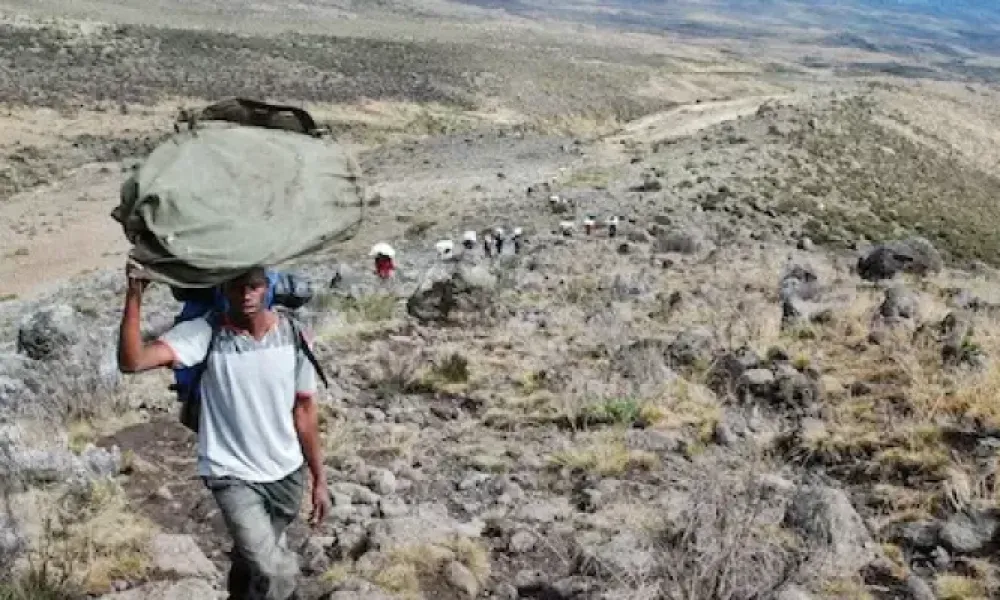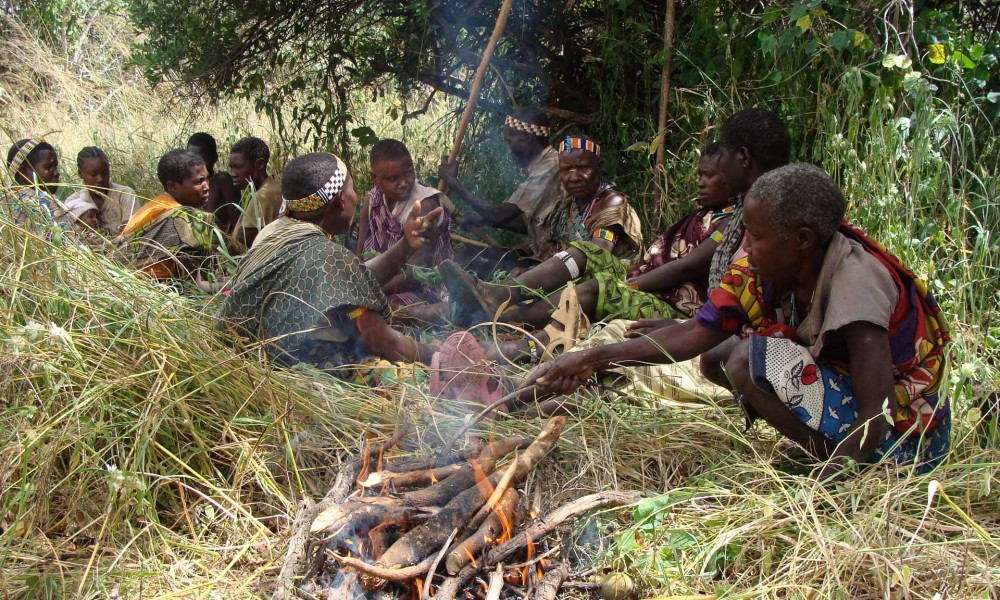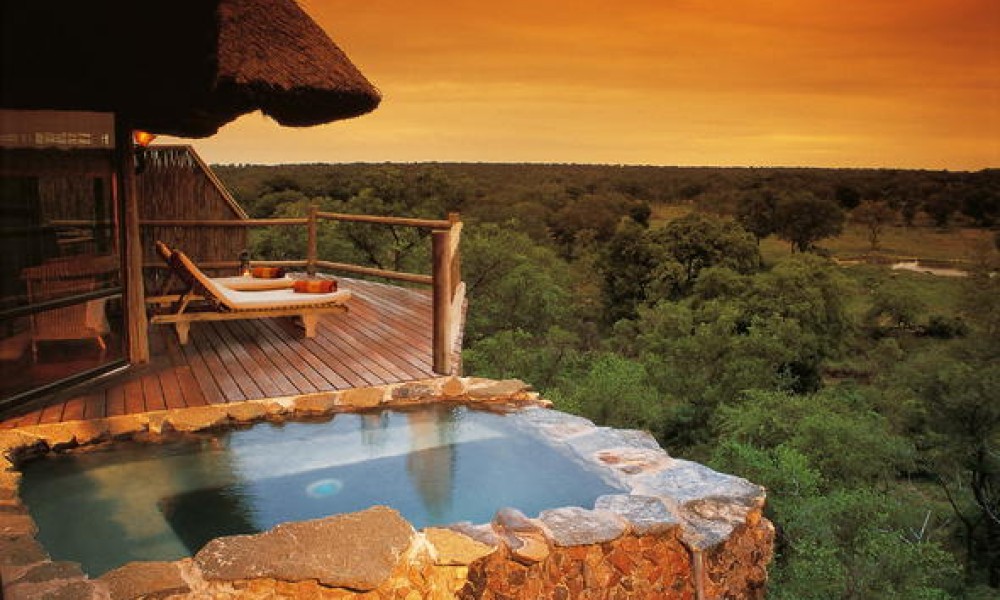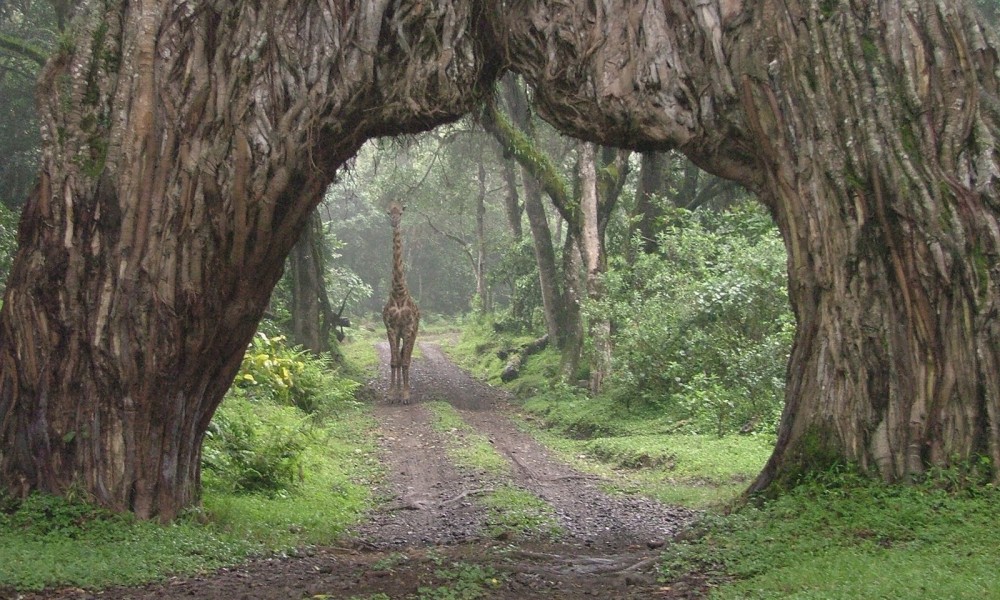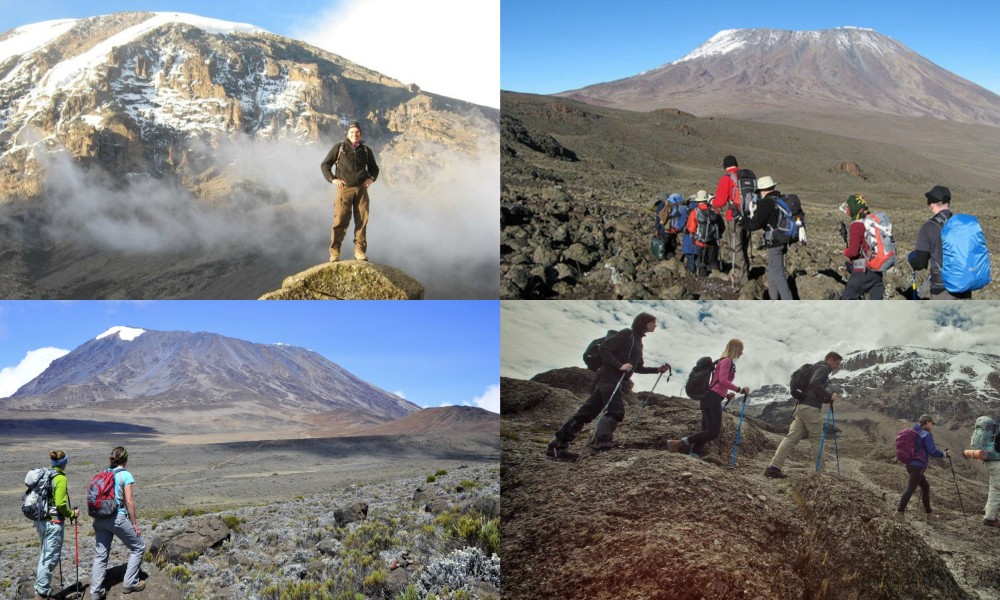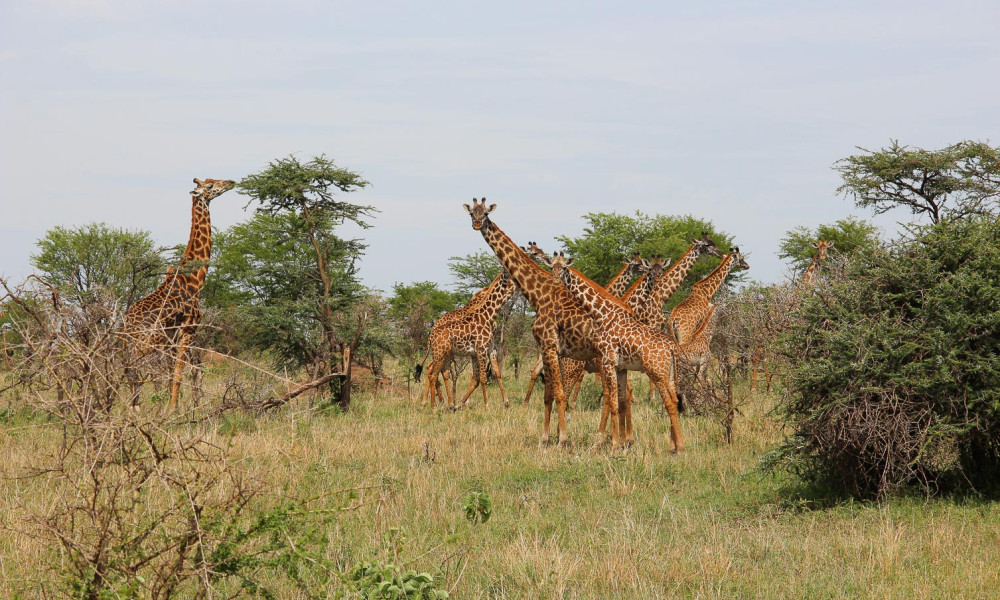Gody
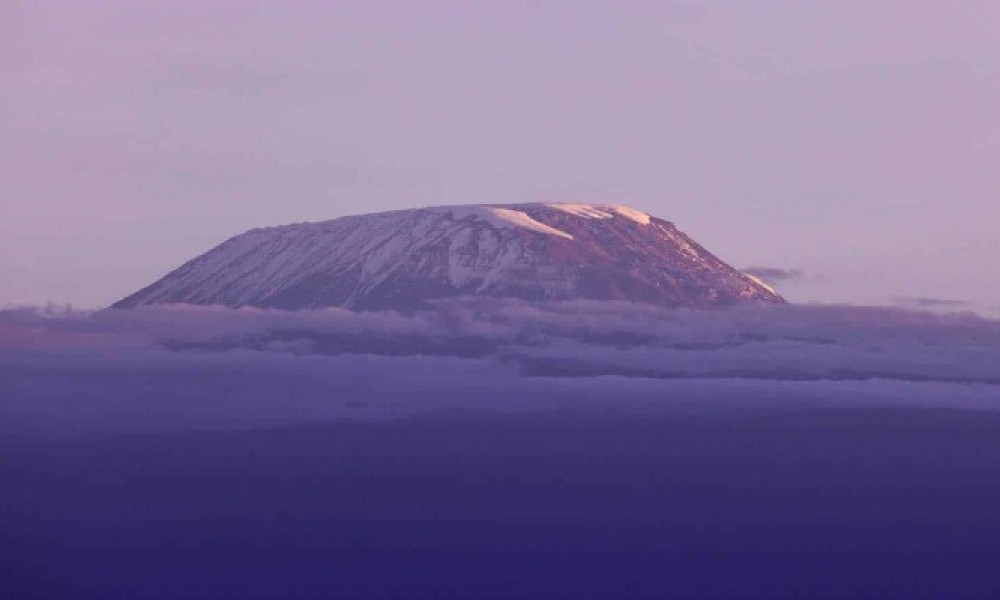
How To Choose The Best Route For Climbing Kilimanjaro
Choose the right route and have a splendid, enjoyable experience. Choose the wrong route and suffer a harrowing, miserable climb. Right? It’s not that simple. Climbers succeed and fail on every route.
Climbers also love and detest every route. Therefore, there is no “best” route for everyone. Route preference is specific to the individual. The question you should ask is, “Which route is best suited for me?”
Some operators will make blanket statements that a particular route is “good” or “bad” but the truth is that each route has its own advantages and disadvantages. There are situations when each route has its own merit.
Here are some examples:
- Umbwe is steep and ascends quickly and most would be wise to avoid it if they have never done high-altitude trekking. However, those who are already well-acclimatized or know they can acclimatize quickly from experience can climb this route without hesitation. We had three groups of eight active US Army veterans who were stationed in Afghanistan to climb the Umbwe route. They had a 100% success rate.
- Shira is a scenic route that begins with a drive through the rainforest section. It has a relatively high starting point compared to the other routes. Generally, this route should be avoided because it is better to trek through the rainforest for gradual elevation gain.
- However if one is confident that being driven to an altitude of nearly 12,000 feet will not pose a premature acclimatization issue, Shira is a fair choice. It allows for one to reach a higher elevation quicker which will jumpstart the body for acclimatization to the upcoming higher altitudes.
- Marangu is usually quite crowded and most operators steer their clients away from this route. However, Marangu has one huge draw. It is the only route that uses hut shelters instead of tents.
- That means clients can sleep completely protected from the elements and on a bed for the entire climb. For people who absolutely cannot sleep on the ground due to discomfort or back problems might want to use Marangu. Additionally, when climbing during the rainy season Marangu is a reasonable choice. Not only because of the shelter but because the main drawback of this route, the crowds, are gone at this time.
- Northern Circuit is a phenomenal route – but also a long one. Usually, that is a good thing because the longer one stays on the mountain, the better the altitude acclimatization. However, for those who have never camped before and do not particularly enjoy it, it can be a struggle to spend nine days on the mountain. These people should opt for a shorter route.
As you can see, you may have very valid reasons for choosing or avoiding any given route. When selecting the route, make sure it is the appropriate route for your desires, physical ability, aptitude, and comfort level.
Do not let your guide service choice for you! They will likely steer you to the route that they want to lead.
Things to Consider when Choosing a Kilimanjaro Route
To choose the best Kilimanjaro route for you, there are plenty of variables to be mindful of. Take some time and consider these questions.
- Who: Who is climbing? The whole group’s abilities must be factored into choosing a route. Are there novice hikers in your group? What about children or older people? Are there people who have never been to high altitudes? Pick a route that the members of your party can realistically succeed on.
- What: What limitations surround your climb? Are you bound by a budget or the number of days on your trip? There are cheaper routes and there are more expensive routes. There are short itineraries and long itineraries. Get an idea of how much money and how many days people are willing to spend on the mountain and adjust accordingly. Booking a trip and then not having enough money to prepare is a bad thing. So is arriving in Tanzania from a long flight and immediately starting a climb without taking a rest first.
- How: How do you perceive your trek? Do you want a more strenuous
route or a less strenuous one? Do you want to have more downtime at camp so you can socialize with the group or would you rather spend more time on the trail? Climbing Kilimanjaro can bring about a lot of discomforts and suffer gave its physical nature. - Some people don’t want to be pushed too hard while some crave the challenge. The answers to these questions will determine which route is for you.
- Where: Where do you want to begin your climb? The routes up Kilimanjaro start from all sides of the mountain. Where you begin will affect the cost. It will also affect the scenery and scenic variety you experience. For instance, the western routes are more scenic because they cover more of the mountain.
- Why: Why are you climbing? Is it very important to submit? Then choose a route with a high success rate. Do you want to take the best photos? Then pick a scenic route.
- Do you want to get away from people? Then choose a less traveled route. Do you just want to be there? Then choose a quicker, less expensive route.
- When: When are you climbing? Climbs around holidays and full moons are especially crowded. The weather (and the number of people on the mountain) will change drastically between the high and low seasons.
- If you are climbing during the dry season, then all routes are open and doable. But if you are climbing during the rainy season or the shoulder seasons, then some routes might be impassable due to washed-out roads or trails. Some routes receive less rain. The route you select can play into the climb’s overall difficulty.

